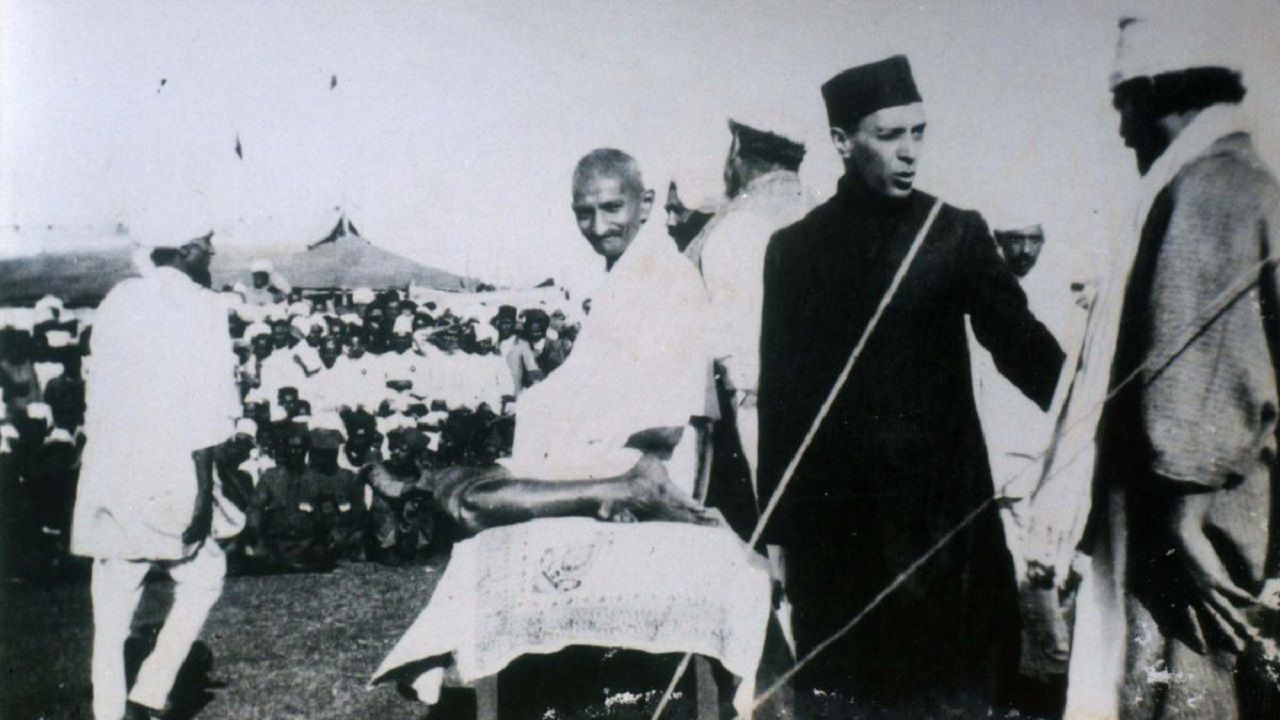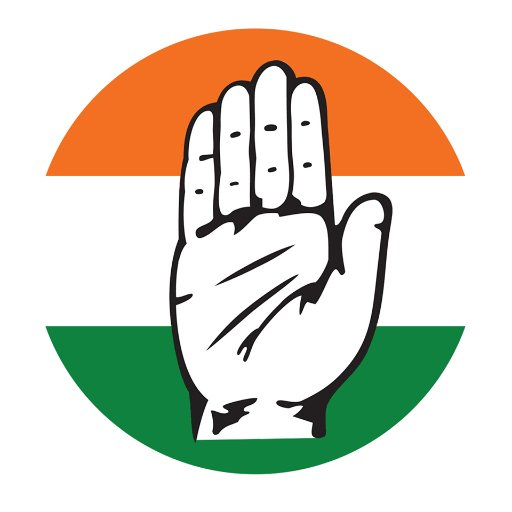Belgaum Session 1924

In December 1924, Belgaum hosted the 39th session of the Indian National Congress, the only session presided over by Mahatma Gandhi. Hosting a gathering of thousands was a logistical challenge as the city faced water shortages. Congress workers dug a deep well, called Pampa Sarovar, to ensure drinking water for the delegates. Pampa Sarovar now known as Congress Well, is still used to supply water to nearby areas. Gandhiji stayed in a hut specially constructed for him by a skilled artist, Khimajirao Godse.
Leaders in Attendance
Several notable national leaders attended the session, including Motilal Nehru, Jawaharlal Nehru, Lala Lajpat Rai, C. Rajagopalachari, Annie Besant, Sarojini Naidu, Chittaranjan Das, Madan Mohan Malaviya, Saifuddin Kichalu, Maulana Abul Kalam Azad, Mohammad Ali, Maulana Shaukat Ali, Babu Rajendra Prasad, Vallabhbhai Patel and Rangaswamy Iyengar.
Historic importance of Belgaum
Belgaum retains an important place in Indian history. It was here at a conference in 1916 that Lokmanya Bal Gangadhar Tilak gave the slogan “Swaraj is my birthright and I shall have it”. Mahatma Gandhi was in attendance when Tilak gave the clarion call.
Before travelling to Belgaum, some leaders had advised Gandhiji against going to the 1916 conference to which he replied, “Only death can prevent me from visiting Belgaum.”
Working Committee
A new working committee was nominated after discussions between senior leaders. • Revashankar Jagjivan Javeri and Jamnalal Bajaj were appointed Treasurers. • Jawaharlal Nehru, Shuaib Qureshi, and BF Bharucha were appointed Secretaries. • Chittaranjan Das, Motilal Nehru, Sarojini Naidu, NC Kelkat, Mahomed Ali, Maulana Abul Kamal Azad, Sardar Mangal Singh, MS Aney, and Dr. Varadarajulu Naidu were elected to the working committee.
Presidential Address
In his presidential address, Gandhiji spoke about the repression by the British and how non-violent non-cooperation was the way forward. He said, “non-violent non-cooperation as a means of attaining political freedom has come to stay and that even its partial success has brought us nearer Swaraj.”
He stressed on the need for removal of untouchability, unity between Hindus and Muslims, as well as different political groups within the Congress umbrella. It was at Belgaum that a compromise was reached between Swarajists and No-changers. The Swarajist group was led by Chittaranjan Das and Motilal Nehru and was in favour of engaging in electoral politics. The No-changers were against electoral politics and favoured mobilising people through the constructive programme envisaged by Gandhiji.
Gandhiji explained his position on boycott of foreign clothes and made a pitch for adoption of the spinning wheel (charkha). Gandhiji wanted Congress’ constructive programme to focus on social work. He called upon the Congress workers to maintain national educational institutions. Expressing concern over treatment of Indians overseas, he condemned the repression that was often the result of racism. In concluding his speech, Gandhiji spoke on the way forward for the freedom fighters.
“Non-violent non-cooperation in some form or other, whether through the Congress or without it, will be resumed if the programme fails. I have repeatedly stated that Satyagraha never fails, and that one perfect Satyagrahi is enough to vindicate Truth. Let us all strive to be perfect Satyagrahis. The striving does not require any quality unattainable by the lowliest among us. For Satyagraha is an attribute of the spirit within. It is latent in everyone of us. Like Swaraj it is our birthright. Let us know it. Bande Mataram!” - Mahatma Gandhi
Congress Resolutions at Belgaum
Belgaum session strengthened the Congress Party as unity was formalized through the Gandhi-Swarajist Pact. Moving the resolution relating to the Pact, Chittaranjan Das said, “We must make ourselves worthy of freedom and the moment the Indian Nation comes to itself, the moment the Congress stands united, not only on resolutions but also in action, that day the bureaucracy must disappear”.
The resolution allowed a partial suspension of the non-cooperation movement and promotion of hand-spinning and handweaving. Every Congressperson was expected to discard foreign clothes and adopt khadi. Wearing hand spun khadi and contributing 24,000 yards of spun yarn were made conditions for Congress membership. The delegate fee was reduced from Rs. 10 to Re. 1.
It was resolved that all Congress workers would work to promote “unity between different communities, specially between the Hindus and the Mahomedans, and the removal of untouchability by the Hindus from amongst them.” On the second day of the session, a resolution was moved on the riots that had broken out in Kohat and Gulbarga. The speakers condemned the violence and called for an open enquiry as the British authorities had failed at helping the people. A resolution on removal of untouchability was passed and an appeal issued to devote greater attention towards the cause. The resolution congratulated satyagrahis of Vaikom who had been protesting against caste discrimination and denial of access to the Vaikom Temple in Travancore.
Another resolution called for maintaining national educational institutions where the medium of instruction was in an Indian language and that encouraged religious unity, ending caste discrimination, and promotion of khadi. At the plenary, resolutions were also passed on paid national service, conditions of Indians overseas, appreciation of the work carried out by Sarojini Naidu, repression in Burma (now Myanmar), violence against Akali Movement, and condemning drug trade.
Impact of The Session
The Belgaum session committed Congress to the non-violent struggle that eventually led to India gaining freedom in 1947. More importantly, through the focus on khadi, religious unity and removal of caste discrimination, the session once again emphasized widespread socio-economic disparities. Over the next few years, the need for economic independence and social justice gained prominence.
From AICC Research Department







